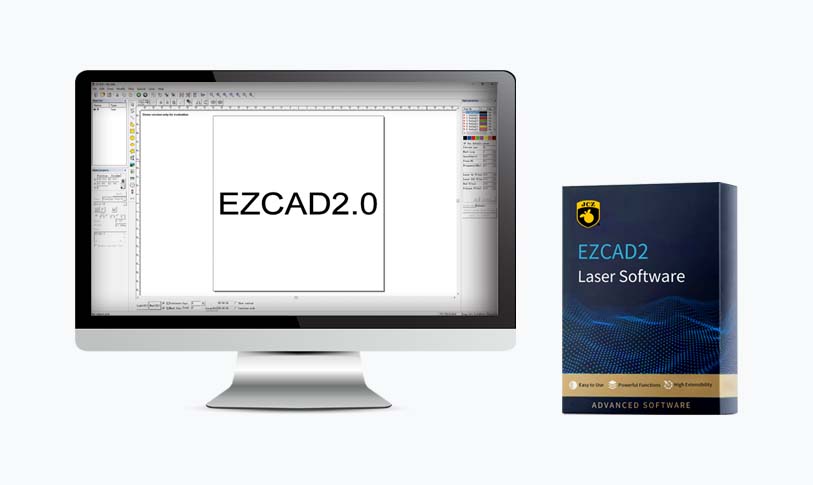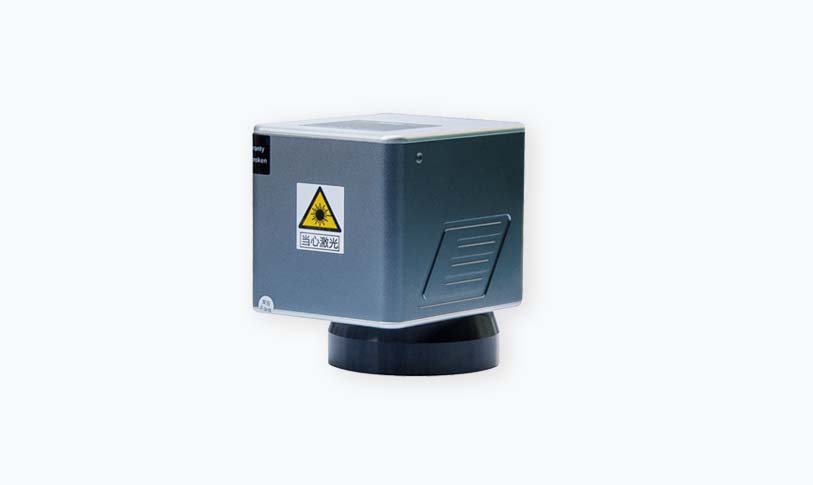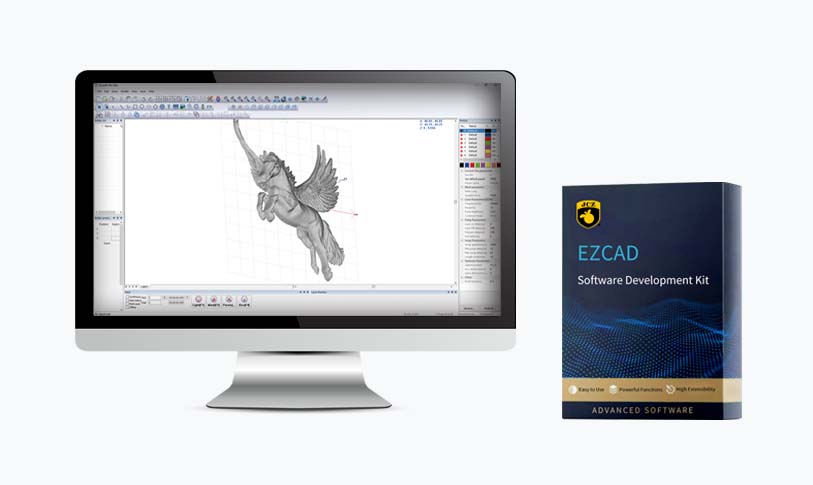[galvanometer scanning]Galvanometer Scanning: Understanding its Role in Modern Science and Technology
News 2025-7-12

Galvanometer Scanning: Understanding its Role in Modern Science and Technology

Galvanometer Scanning: Understanding its Role in Modern Science and Technology
What is Galvanometer Scanning?
Galvanometer scanning, also known as galvanometric scanning, refers to the movement of a beam of light, typically used in scientific instruments such as microscopes and spectrographs, in order to study specimens or materials. The term "galvanometer" refers to an instrument that measures current and is used to control the movement of the beam. By scanning a specimen using a focused beam of light, scientists can obtain detailed information about its structure, composition, and other properties.
How Does Galvanometer Scanning Work?
Galvanometer scanning involves the controlled movement of a beam of light across a specimen or material. The beam is generated by a light source such as a laser or an electron beam. The movement of the beam is precisely controlled by the galvanometer, which measures the current required to move the beam and maintains its stability during scanning. The beam can be moved in a linear, raster, or other patterns across the specimen to collect information about its surface or internal structure.

Galvanometer Scanning: Understanding its Role in Modern Science and Technology
Galvanometer scanning has numerous applications in various fields. In materials science, it is used to study the microstructure of materials and analyze their properties. In medicine, it is employed in medical imaging techniques such as computed tomography (CT) and confocal microscopy to diagnose diseases and analyze tissue samples. Additionally, galvanometer scanning is also used in spectroscopy to analyze the absorption and emission of light by molecules.
Advantages of Galvanometer Scanning
One of the major advantages of galvanometer scanning is its high precision and accuracy. The controlled movement of the beam allows for precise scanning of specimens with high resolution. This results in the collection of detailed information about the structure and properties of materials. Furthermore, galvanometer scanning is also highly versatile and can be used in various scientific instruments and applications.
Challenges and Future Directions
Despite its numerous advantages, galvanometer scanning faces certain challenges such as beam stability, resolution limitations, and interference from external factors. To overcome these challenges, researchers are continuously working on improving the technology and developing new methods. With the advent of advanced technologies such as machine learning and artificial intelligence, galvanometer scanning is expected to further evolve and find new applications in areas such as nanotechnology and biophotonics.
In conclusion, galvanometer scanning plays a crucial role in modern science and technology. Its applications span across various fields such as materials science, medicine, and spectroscopy. With continuous research and advancements in technology, galvanometer scanning is expected to further improve in terms of precision, resolution, and versatility in the future.